Published Nov 28, 2024
Unlikely Friendships Reflect the Heart of Star Trek
As the franchise has shown us, the process is a rewarding one.
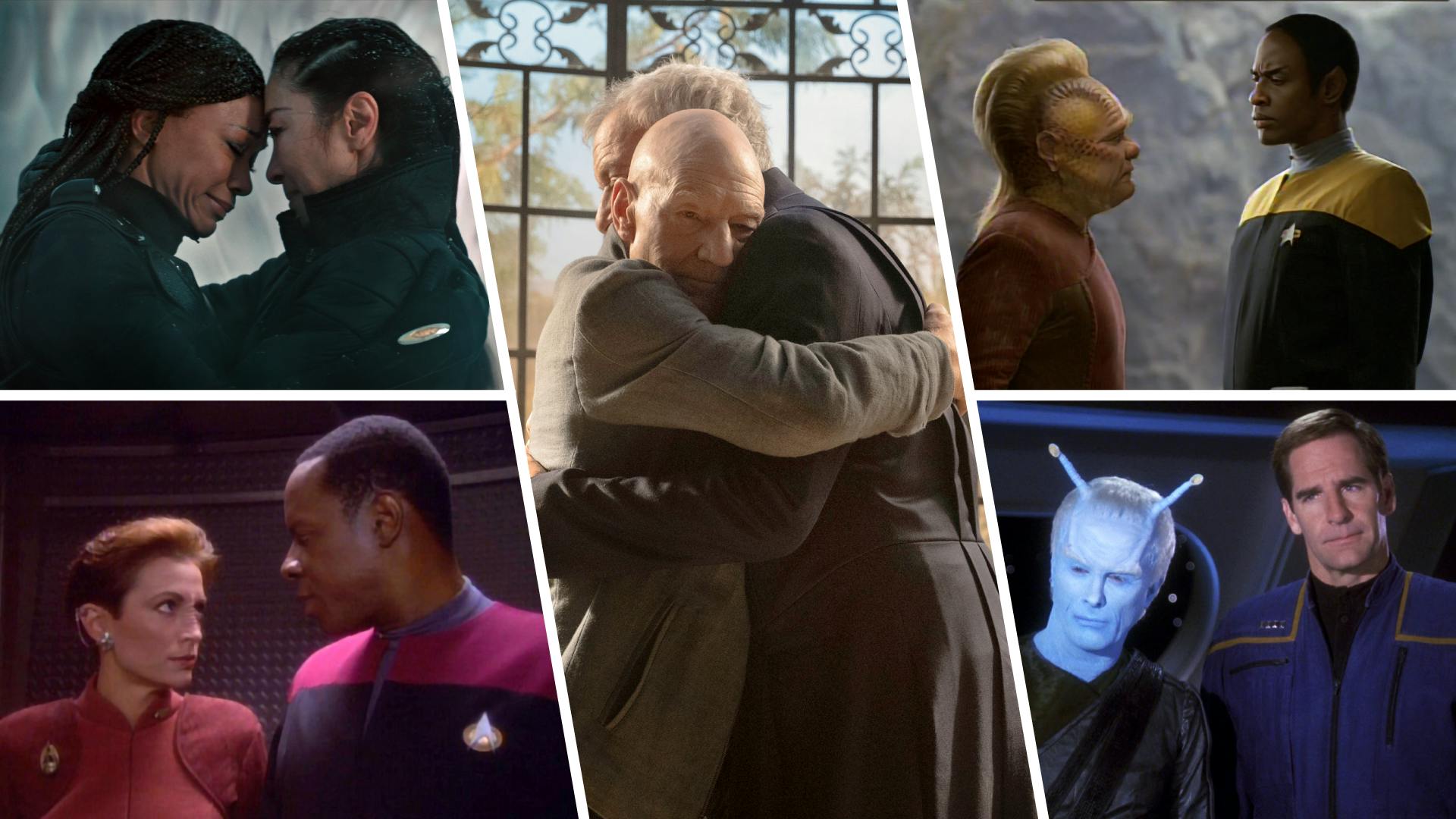
StarTrek.com
Star Trek creator , "Star Trek was an attempt to say humanity will reach maturity and wisdom on the day that it begins not just to tolerate but take a special delight in differences in ideas and differences in lifeforms."
This enlightened perspective has been evident in the many friendships and other close relationships that formed between individuals who had diverse backgrounds, disparate personalities, tumultuous introductions, histories of conflict, or some combination thereof throughout Star Trek history.
Let's harness these categories to examine the unlikely friendships that reflect Star Trek's mission to embrace and celebrate our differences.
Exploring the Unknown
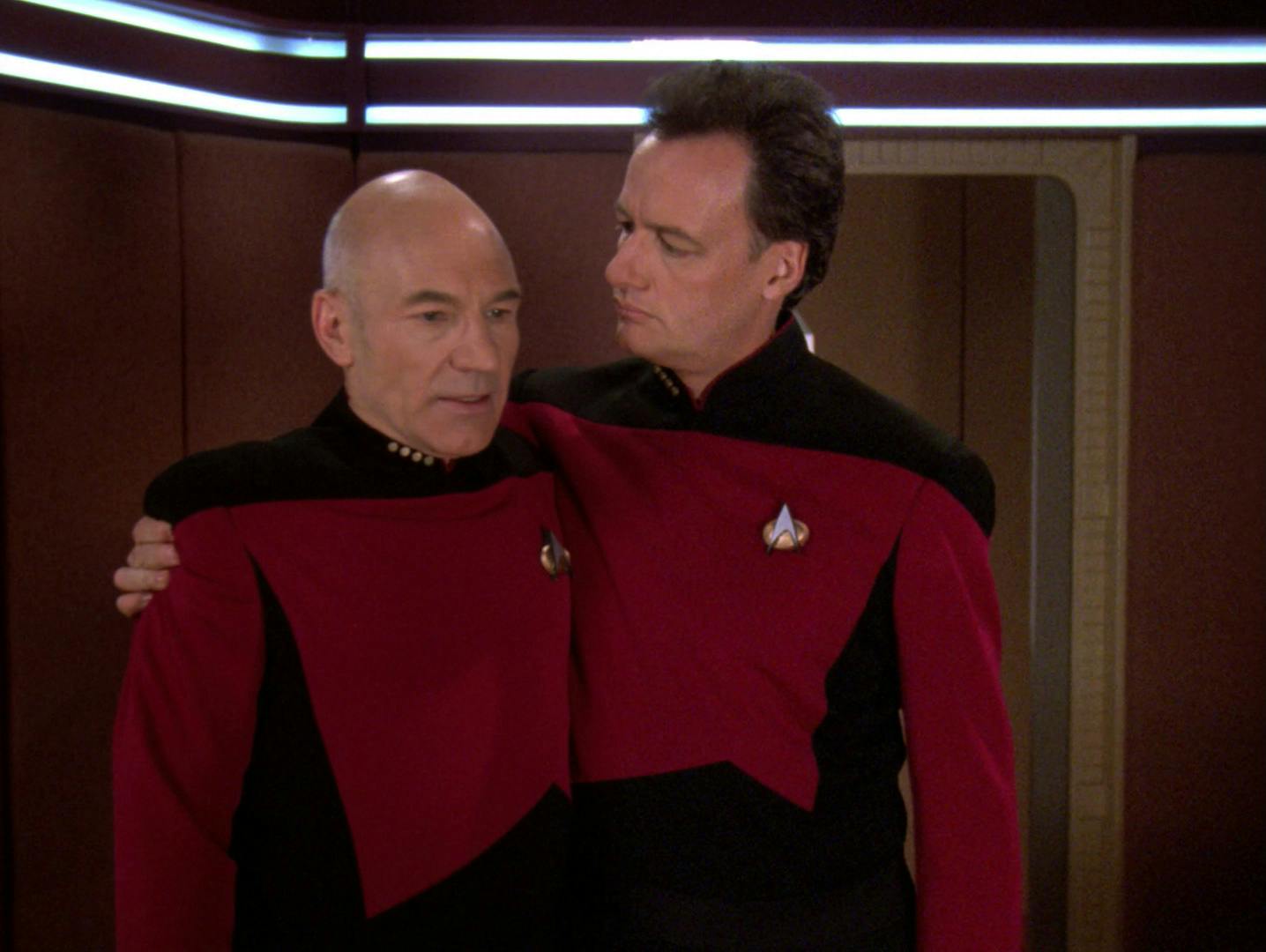
"True Q"
StarTrek.com
Finding a common frame of reference or a shared experience can be helpful when fostering a friendship, yet Star Trek's abundance of unique lifeforms and alternate dimensions often presented challenges for characters with what appeared to be incompatible backgrounds. Such was the case when Captain Jean-Luc Picard first met the being known as Q in ’s "." The mortal human dedicated to a lifetime of serving others and weren't merely separated by their personalities, as the monumental chasm between a childhood on Earth and a seemingly immortal existence in the ethereal realm of the Q Continuum established another barrier between them.
Picard tended to be atypically abrasive to Q, and . Yet, through it all, that, quite literally, culminated in an embrace — an endearing hug in 's "."
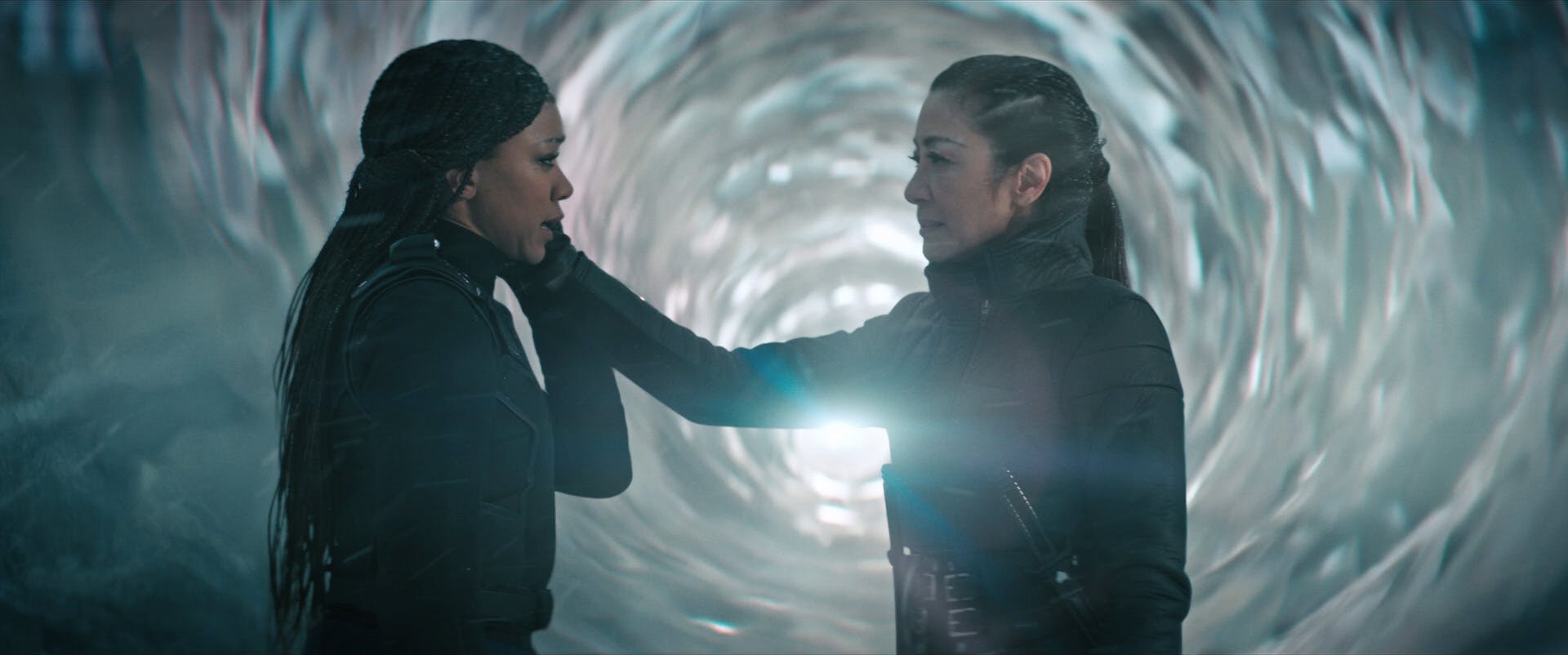
"Terra Firma, Part 2"
StarTrek.com
Similarly, the harsh circumstances of diverged significantly from the course of events known to those in the Prime Universe. Though Terrans and humans resembled one another, the fact that time and space nearly pulled Emperor Philippa Georgiou apart in the wake of her interdimensional-crossover-turned-temporal-trip in ’s third season demonstrated that even the very essence of their molecules could potentially be rendered irreconcilable.
Emperor Georgiou and the Prime Universe's Michael Burnham benefited from having close ties to each other's counterparts, but those familiarities would not be enough to bridge the gap on their own. Prime Burnham's open-mindedness, along with Emperor Georgiou's somewhat softening disposition, allowed them to build a familial friendship capable of weathering the truth that they would not always see eye-to-eye. Their kinship led up to their own tearful farewell in ""
Finding Common Ground

"Riddles"
StarTrek.com
As we all know, even individuals hailing from the same planes of existence face prominent roadblocks to finding friendship. On many occasions, personalities can come across as so fundamentally incongruent that the creation of any sort of lasting bond feels unlikely. However, in true Roddenberry fashion, Star Trek characters regularly defied those odds by overcoming their doubts and recognizing they had more in common than a superficial meeting would reveal.
Neelix, an eccentric Talaxian with a haphazard and welcoming demeanor, endured this sort of difficulty upon trying to befriend , a stoic Vulcan with a strict sense of duty, in . Over the course of the U.S.S. Voyager's time in the Delta Quadrant, the two learned to accept and delight — at least, as much as a Vulcan was willing to indulge in such an emotion — in their differences. Although there was a give-and-take element to their friendship, Neelix and Tuvok did not change the nature of who they were, they simply began to comprehend each others' outlooks and cultivated a respect for their contrasting personalities.
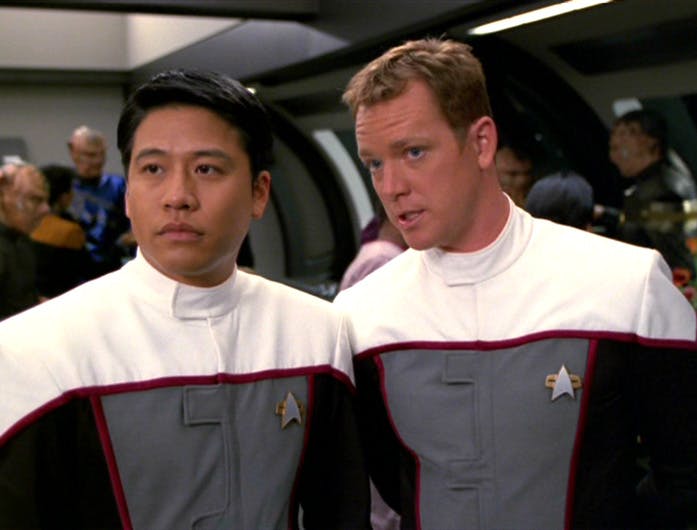
"Drive"
StarTrek.com
While might make it difficult to forget, Harry Kim and Tom Paris withstood the divide between the by-the-book ensign's regimented style and the hotshot ex-convict's freewheeling ways to become best pals. The initial split dividing and originated in the Bajoran's insubordinate attitude and hesitance to open up to others, but the gregarious El-Aurian discerned Ro's inner turmoil and broke through her icy facade. The U.S.S. Cerritos had its own intriguing pair, as the care-free composure of and the uptight aura of coalesced together in such an fortuitous way so as to craft one of Star Trek's greatest friendships.
Overcoming First Impressions
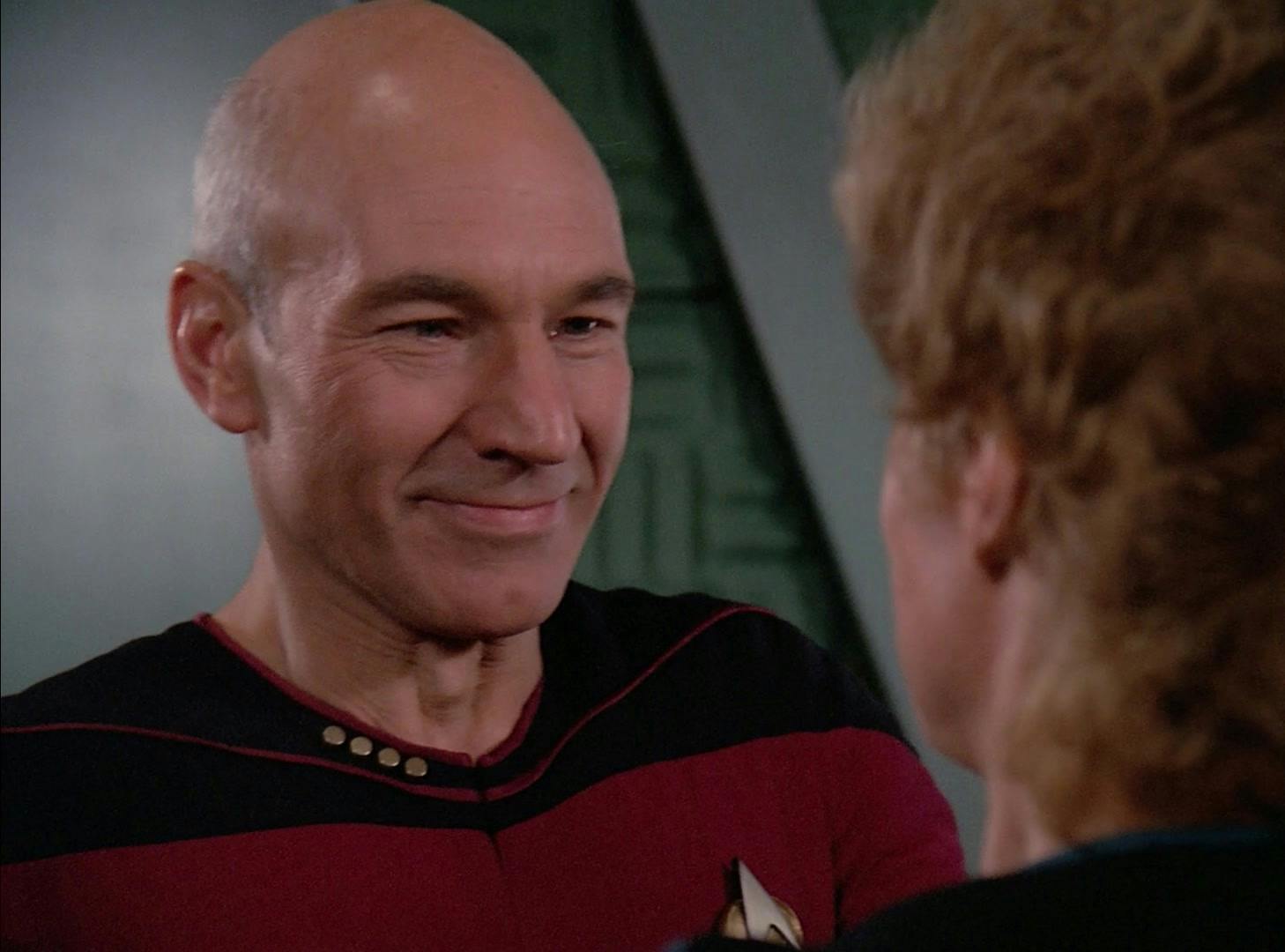
"Unnatural Selection"
StarTrek.com
A poor first impression may bear many traits which echo a need to find common ground, and there is indeed a certain amount of overlap between the various categories we are exploring. Nevertheless, awkward introductions have their own set of hurdles to navigate. In The Next Generation's "," Captain Picard assumed that Dr. Pulaski's failure to report for duty upon arriving on the U.S.S. Enterprise-D constituted a dereliction of protocol, yet the truth was that she had already undertaken a pressing medical consultation with Counselor Troi. Though friction continued between the two officers, Picard ultimately learned that Pulaski had admired the captain from afar and requested a transfer to the Enterprise-D.
Another situation involving Pulaski also arose with Data, as she neglected to show regard for the android's preferred pronunciation of his own name. Fortunately, Pulaski soon obtained a better grasp on Data's sentience which, when coupled with Data's propensity for not holding grudges, permitted a friendship to emerge.
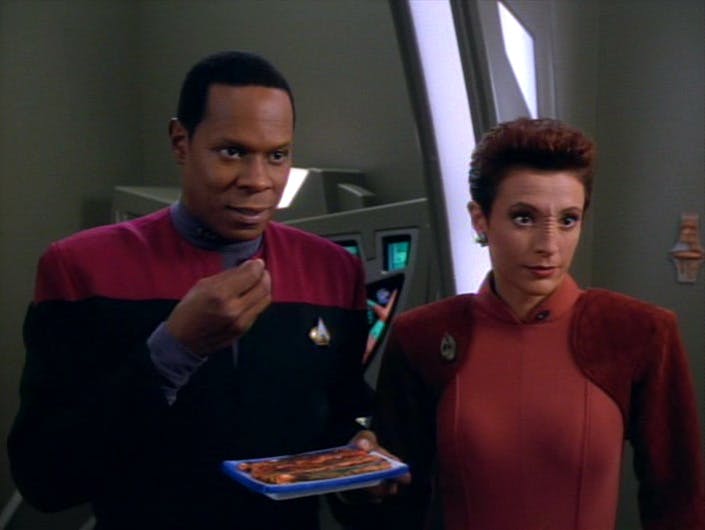
"Sanctuary"
StarTrek.com
's and got off on the wrong foot themselves in "," as the Federation's willingness to assume command over the former Cardassian space station clashed with the Bajoran's desire to see her people forge their own destiny. Back on the Enterprise-D, Reginald Barclay's unconventional habits led some officers, including Geordi La Forge, to refer to him as "Broccoli," a label that Captain Picard inadvertently shared with Barclay. Over in the Kelvin Timeline, James T. Kirk and Spock underwent a tense greeting of their own, as led the Vulcan to bring charges against the human cadet. On all three of the aforementioned occasions, the officers in question pushed beyond their rocky starts to nurture meaningful friendships.
Putting the Past Behind

"The Aenar"
StarTrek.com
From the Khitomer Accords to , Star Trek civilizations have showcased the benefits of healing diplomatic scars on an interstellar scale. The same rings true for individuals with histories of conflict, whether caused by societal rivalries or more personal reasons. Because of an ongoing rift between Vulcans and , Commander Shran of the Imperial Guard greeted Captain Archer with suspicion, fully aware that the Vulcans had allied themselves with Earth. Archer quickly proved Shran's preconceptions wrong, and over the years, the two solidified a friendship that foreshadowed the Federation that their homeworlds would found. This connection was underscored by Shran's choice to seek out Archer to assist him in retrieving his daughter from kidnappers in 's "These Are the Voyages…"
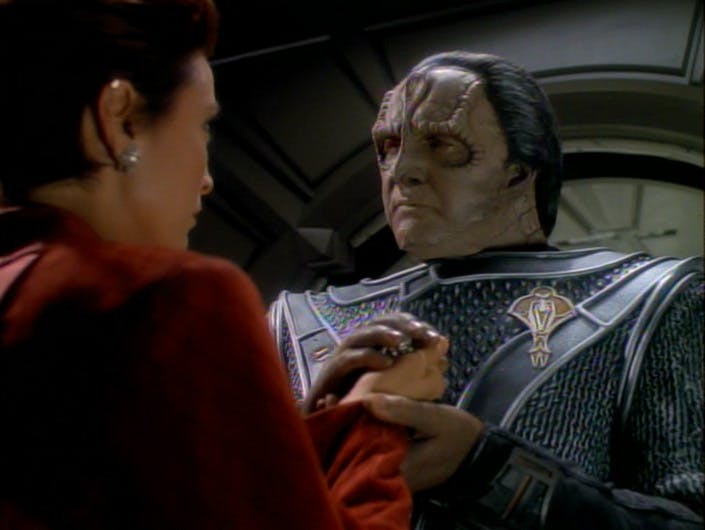
"Second Skin"
StarTrek.com
In an even more complex case, the deeply-rooted wounds inflicted by Cardassia's occupation of Bajor were put to the test when the Obsidian Order attempted to expose Tekeny Ghemor, a member of the Central Command who happened to be a Cardassian dissident, . The ordeal galvanized Ghemor and Kira, and a friendship blossomed by the time of Deep Space Nine's "." , a terminally-ill Ghemor visited her to share the Cardassian shri-tal ritual and pass on his secrets.
And, while both would surely deny that they were friends, Deep Space 9 also harbored the antagonistic game of cat and mouse between Odo, the station's head of security, and his archnemesis Quark, the starbase's in-house tie to the criminal underworld. .
Factoring in Other Motivations
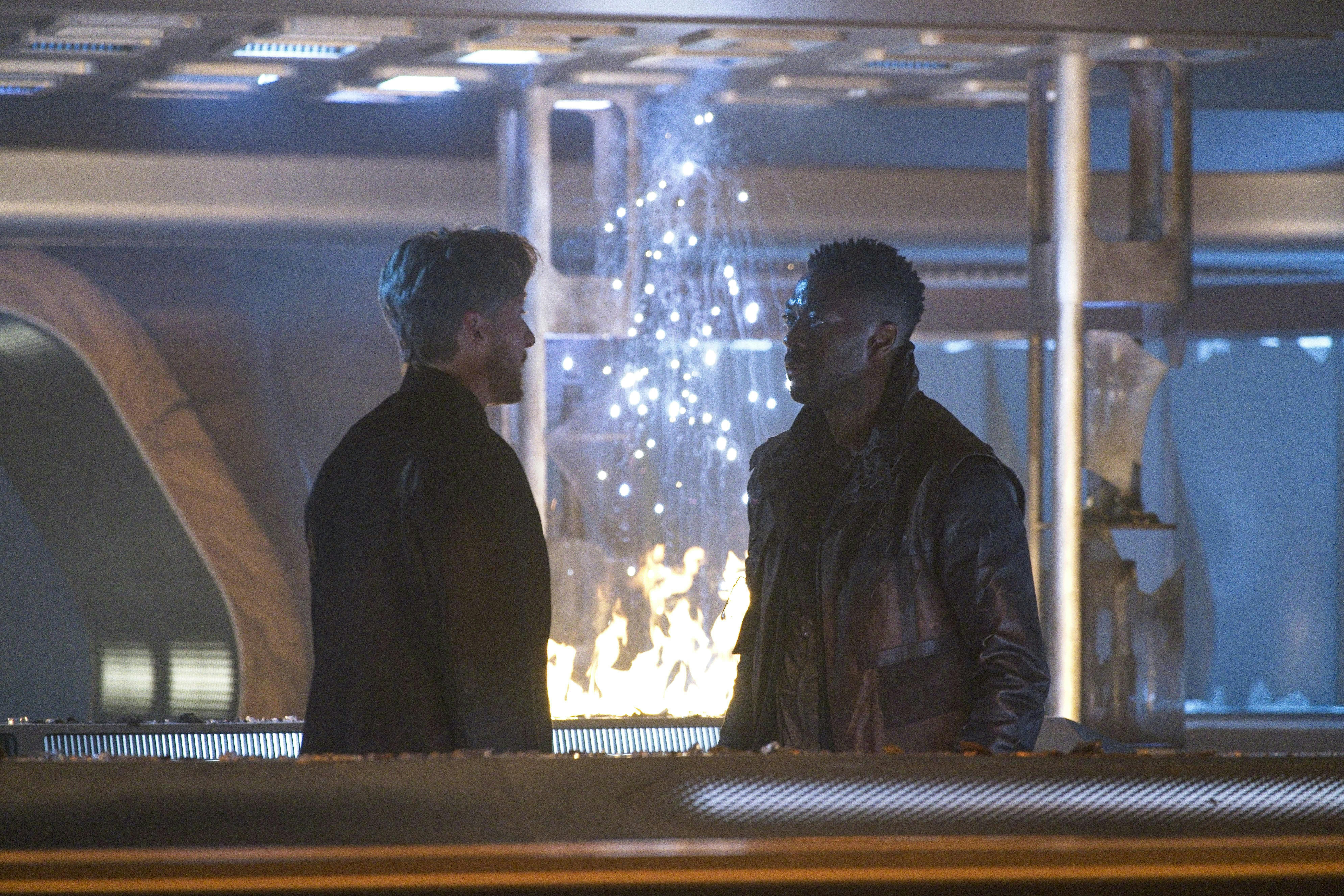
"Coming Home"
StarTrek.com
Of course, there are other unlikely friendships for which additional factors motivate individuals to get acquainted. In Discovery's fourth season, destroyed the planet Kwejian, leaving Cleveland "Book" Booker as one of the last remaining members of his species. The cataclysm made stopping the DMA a priority for Book, who soon found an unexpected ally in Ruon Tarka, a Risan scientist hoping to obtain the DMA's power source in a bid to fuel a trip to an alternate reality. As the two evaded Federation authorities on a rogue mission to take down the DMA, what began as a pact of convenience morphed into true friendship. Tarka went so far as to tell Book that he was one of only two real friends he had ever made in his lifetime.

"Lost in Translation"
StarTrek.com
In fitting fashion, we've come back to James T. Kirk and Spock, though this time our analysis hones in on their exploits in the Prime Timeline. Their famously divergent dispositions could have landed them in our disparate personalities category, but there was an additional component at play.
When Spock last spoke with his sister, Michael Burnham, prior to her journey into the distant future, she advised him that there was a whole galaxy of people who would reach for him. Burnham encouraged Spock to find the person who seemed farthest from him and reach for them, as well. This parting wisdom proved essential for Spock, and at some point after meeting Kirk in ' "," the Vulcan found the connection that his sister had predicted and reached out, establishing one of the universe’s most memorable friendships.
Honoring the Roddenberry Philosophy
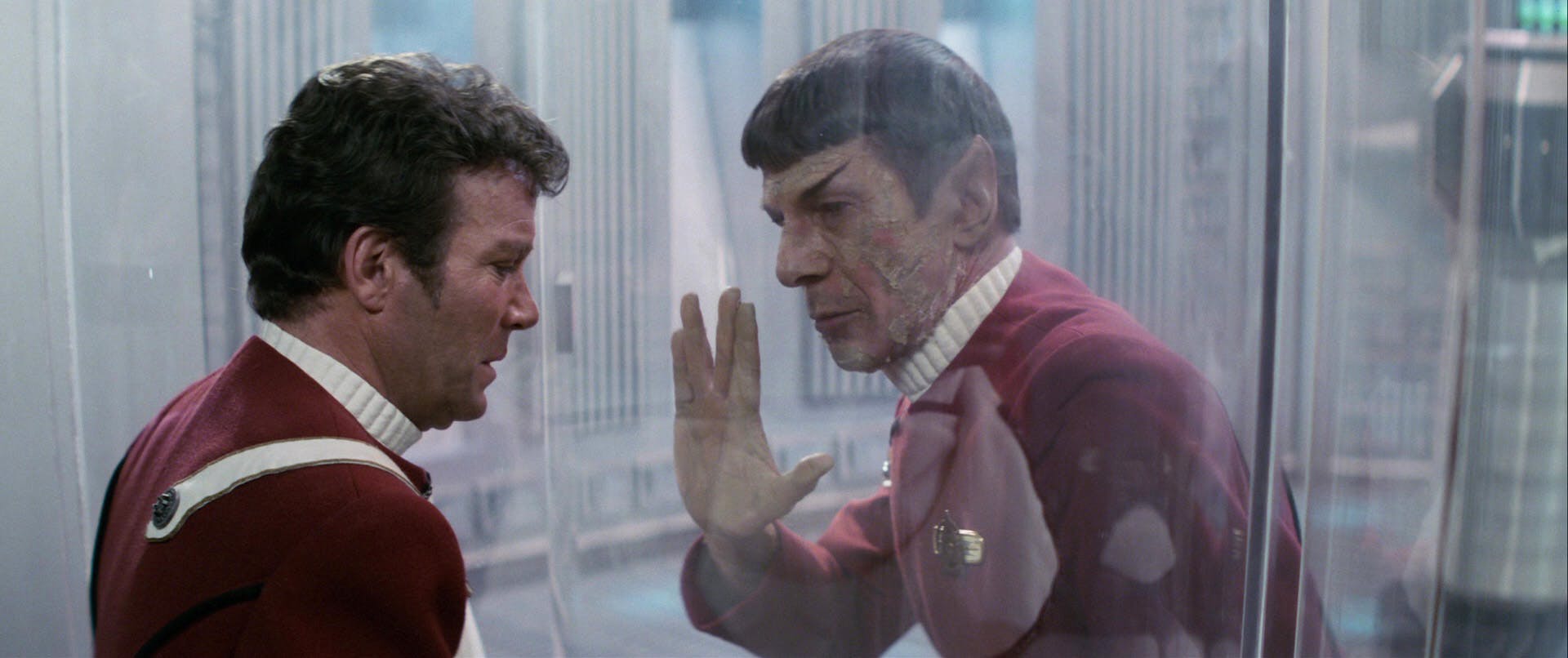
Star Trek II: The Wrath of Khan
StarTrek.com
As indicated by Gene Roddenberry's personal philosophy, the duos we've discussed did not simply tolerate each other's differences, nor did their friendships force either party to forgo their distinctive backgrounds and traits in favor of homogenization. It is true that adaptations were required at times, but such give-and-take gestures were made in an effort to show respect for one another's contrasting natures rather than as an endeavor to alter the essence of their own character to conform to a certain mold. Finding delight in our uniqueness, embracing our differences, and understanding the eccentricities of others can be a tall task, yet as Star Trek has shown us, the process is a rewarding one.





